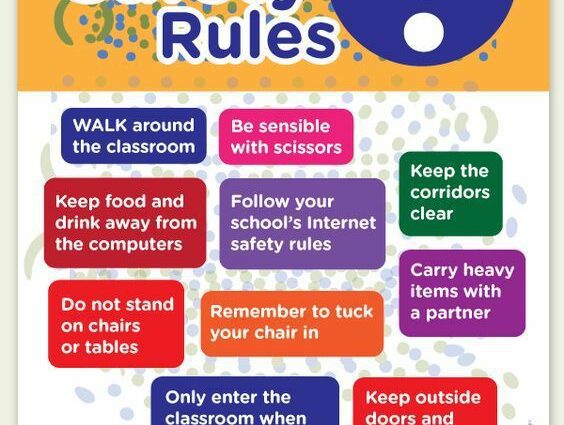Nội dung
Phân biệt giữa không gian công cộng và không gian riêng tư
When the child starts to walk, everyone encourages and congratulates him. He therefore finds it difficult to understand why these same people are worried when he does the same thing (walking) outside the house. It is therefore essential to explain to him first of all that he cannot behave in the same way in a private space, such as at home or in the playground where he can play and run, and in a public space, that is. that is, in the street where cars, bicycles, strollers, etc. circulate.
Consider their abilities
Because of his small size, the child is hardly visible to drivers and he himself has a limited visual panorama, because it is hidden by parked vehicles or street furniture. Crouch down from time to time to get up to his level and thus better understand how he perceives the street. Until the age of about 7, he only takes into account what is in front of him. It is therefore necessary to make him turn his head on each side before crossing a pedestrian crossing and to specify to him what to look at. In addition, he does not differentiate between seeing and being seen, has difficulty judging distances and speed, and can only concentrate on one thing at a time (like catching his ball without paying attention!).
Identify dangerous places
The daily commute from home to school is the perfect place to learn about safety rules. By repeating the same route, it will integrate even better the places that may present a danger and that you will have spotted with it such as garage entrances and exits, cars parked on the sidewalk, parking lots, etc. As the seasons go by, you will also be able to introduce him to certain dangers due to the change of weather such as the pavement made slippery by rain, snow or dead leaves, visibility problems when night falls …
To give a hand in the street
As a pedestrian, it is imperative to give your child a hand in all circumstances in the street and to have him walk on the side of the houses to keep him away from cars, and not at the edge of the sidewalk. Two simple rules that must be ingrained enough in his mind that he will claim them when you forget. Always be sure to explain the reasons for these safety rules and verify that they have understood them correctly by having them repeat them. Only this long apprenticeship will allow him to gain relative autonomy in the street, but not before 7 or 8 years.
Buckle up by car
From the first trips in the car, explain to your child that everyone must buckle up, all the time, even on short trips, because a sudden brake on the brake is enough to fall out of their seat. Teach him to do it on his own as soon as he goes from the car seat to the booster, to entering kindergarten, but remember to check that he has done it well. Likewise, explain to them why you should always go down the side of the pavement and not open the door too suddenly. Children are real sponges, hence the importance of showing them by example by respecting each of these safety rules, even if you are in a hurry.










